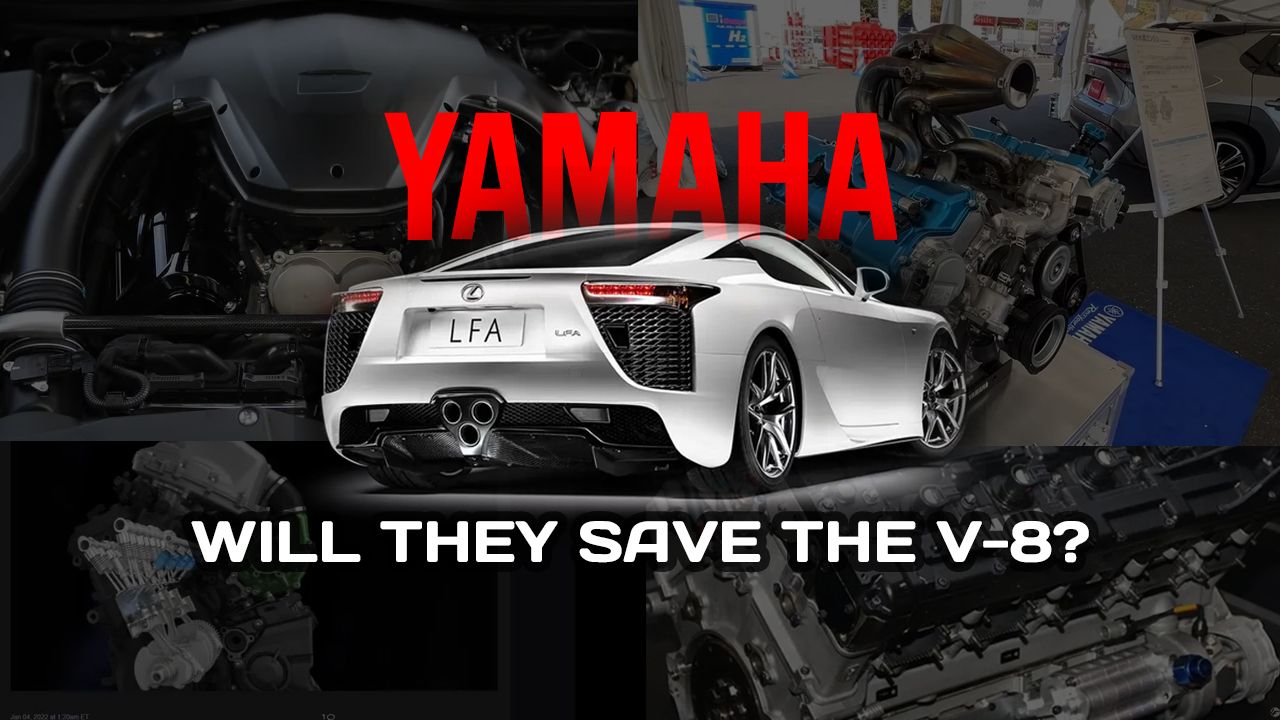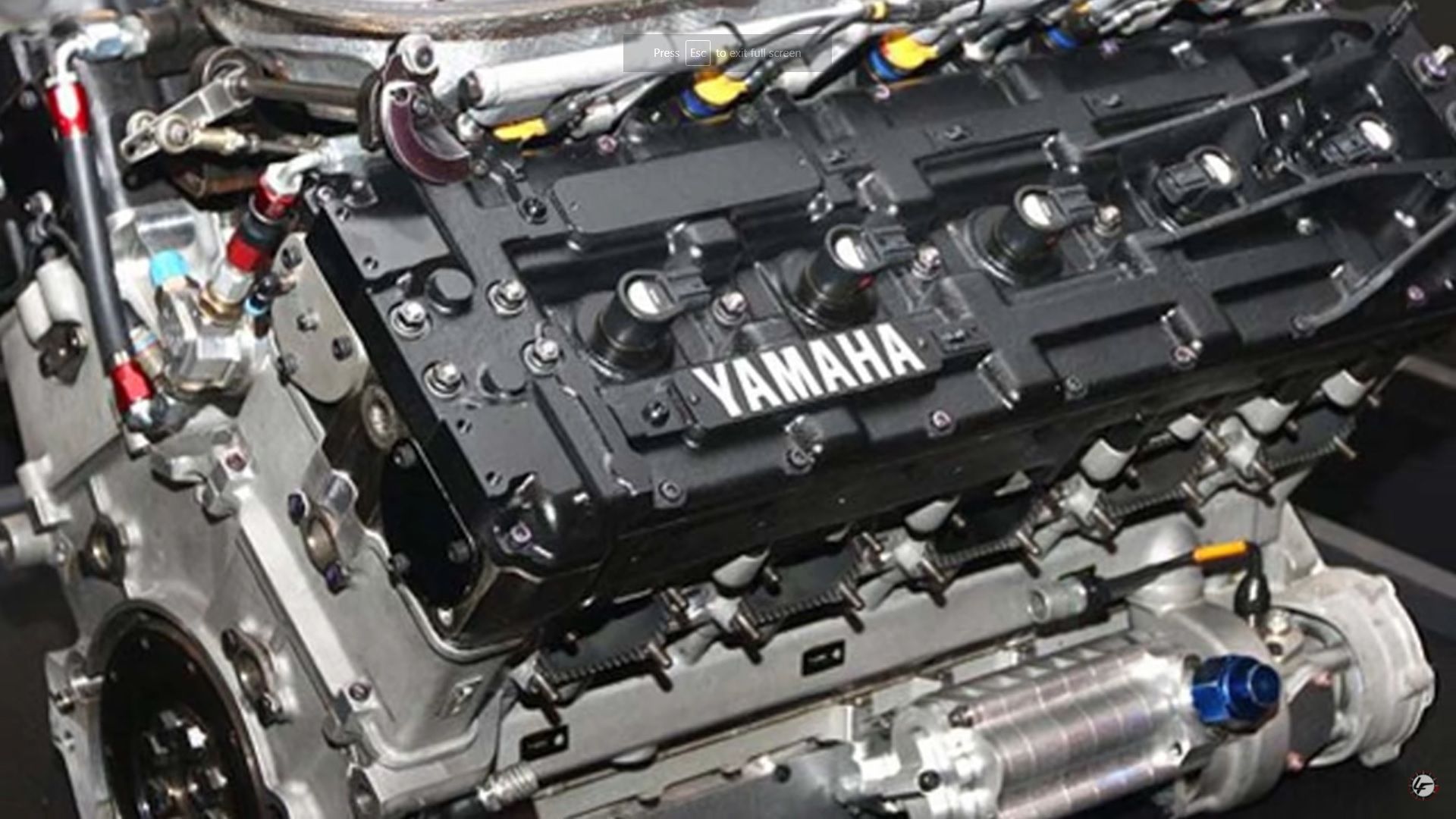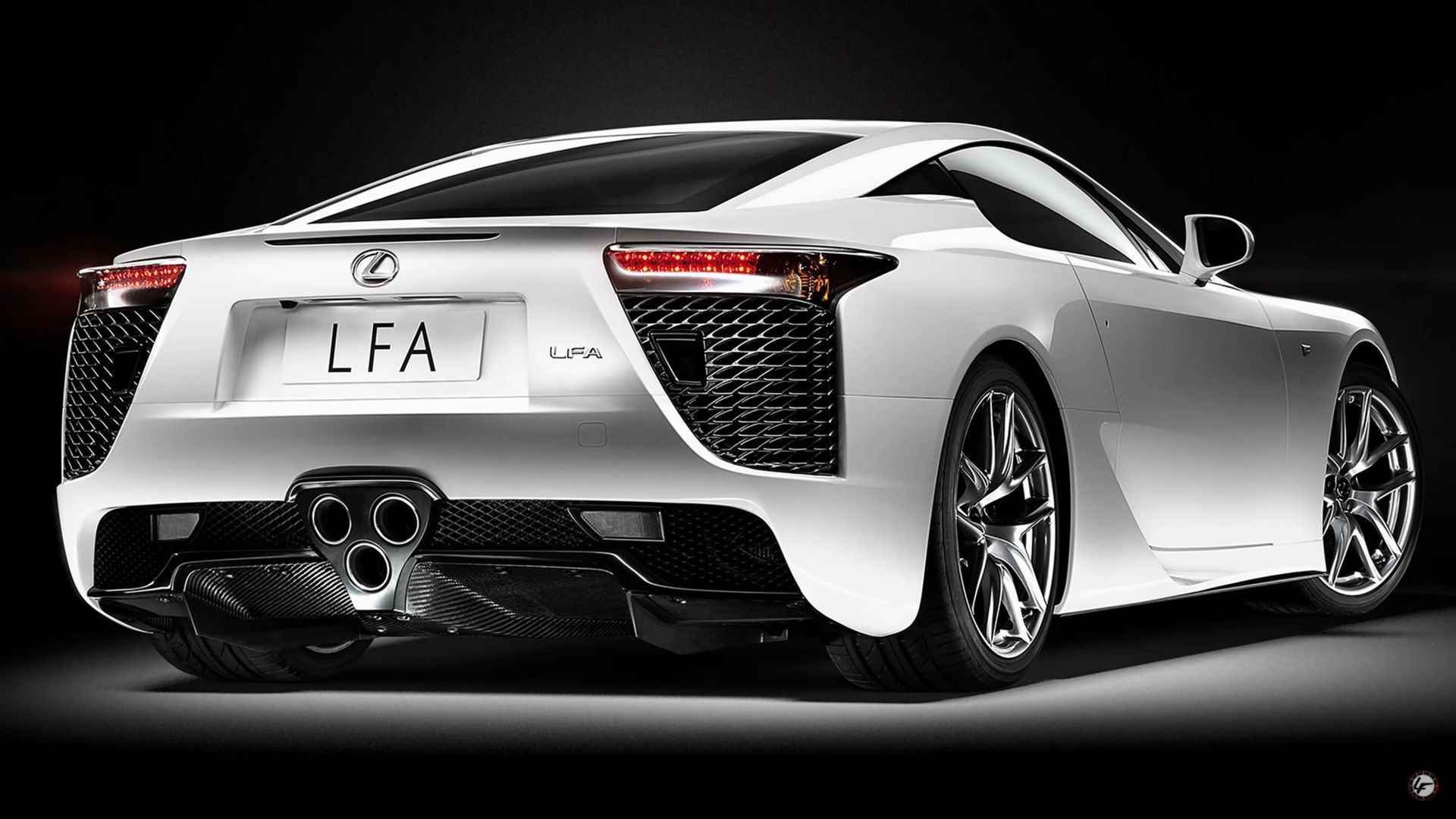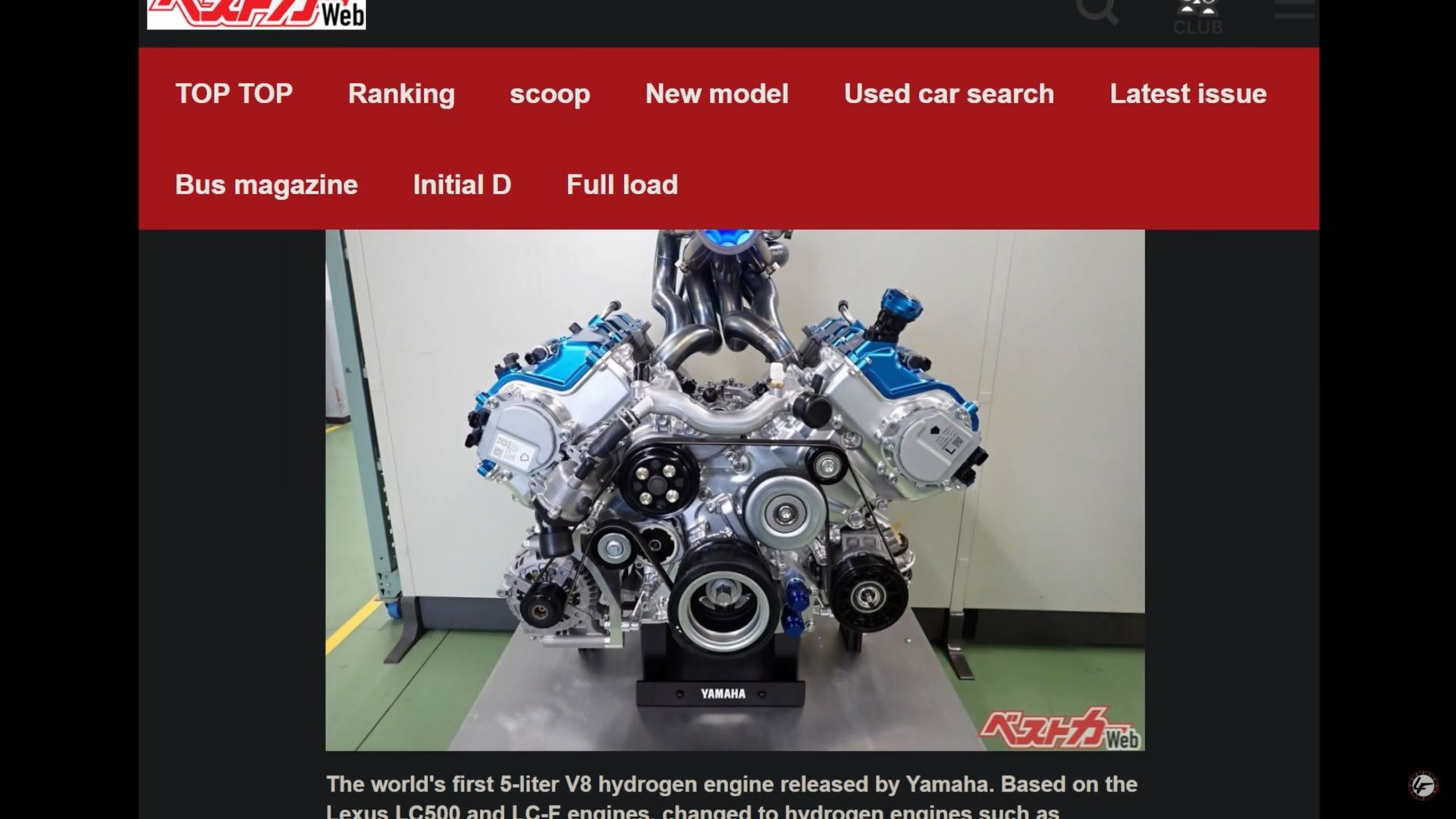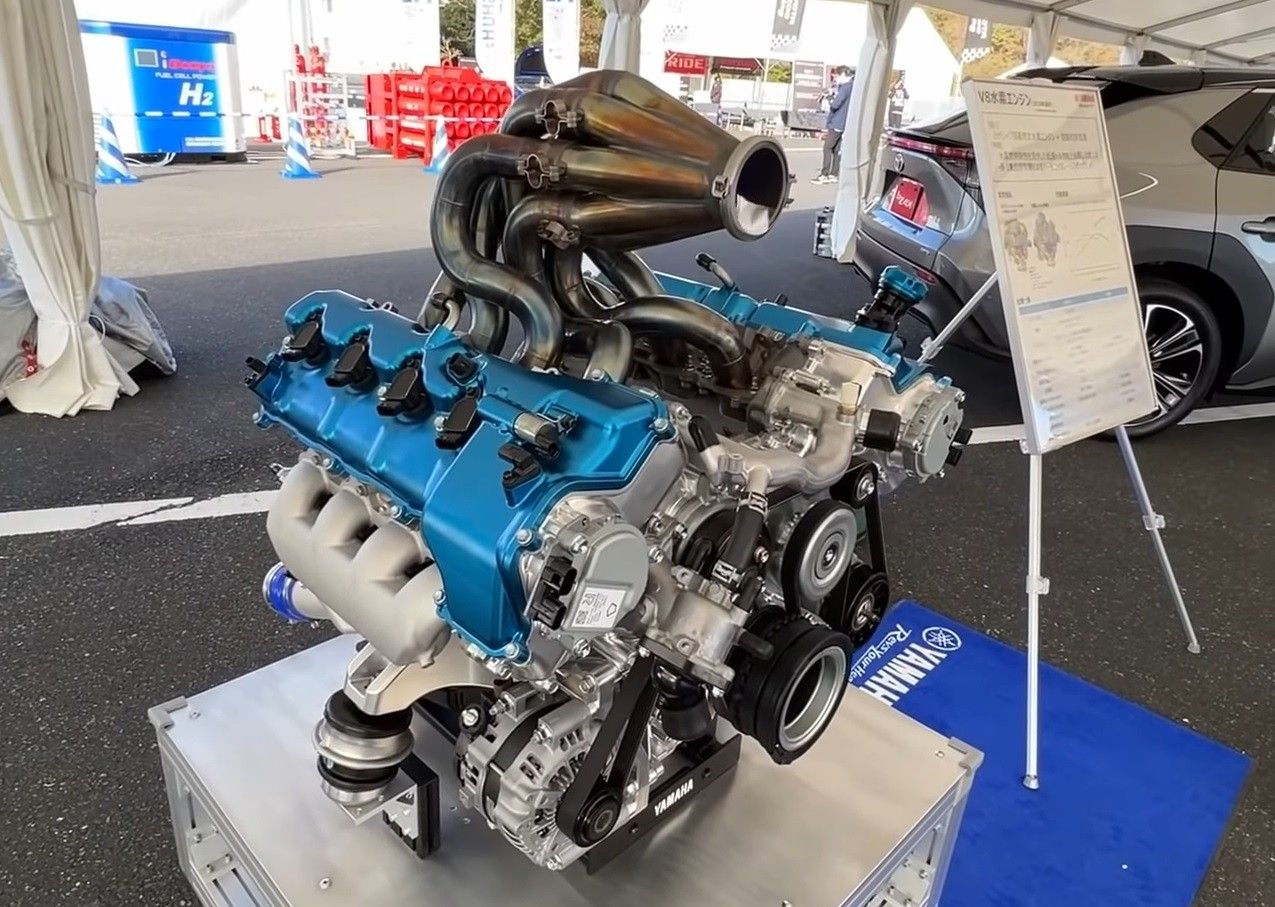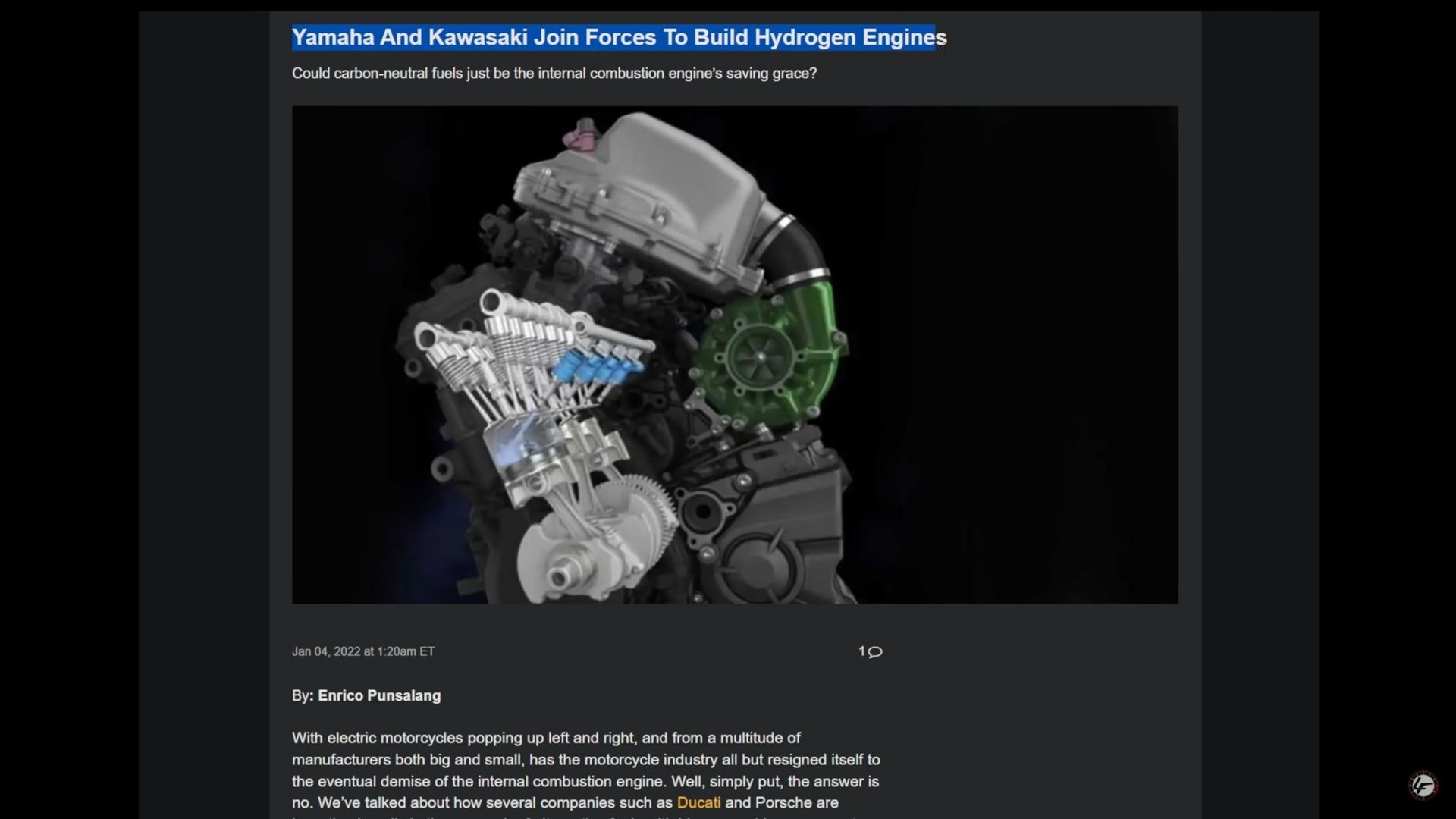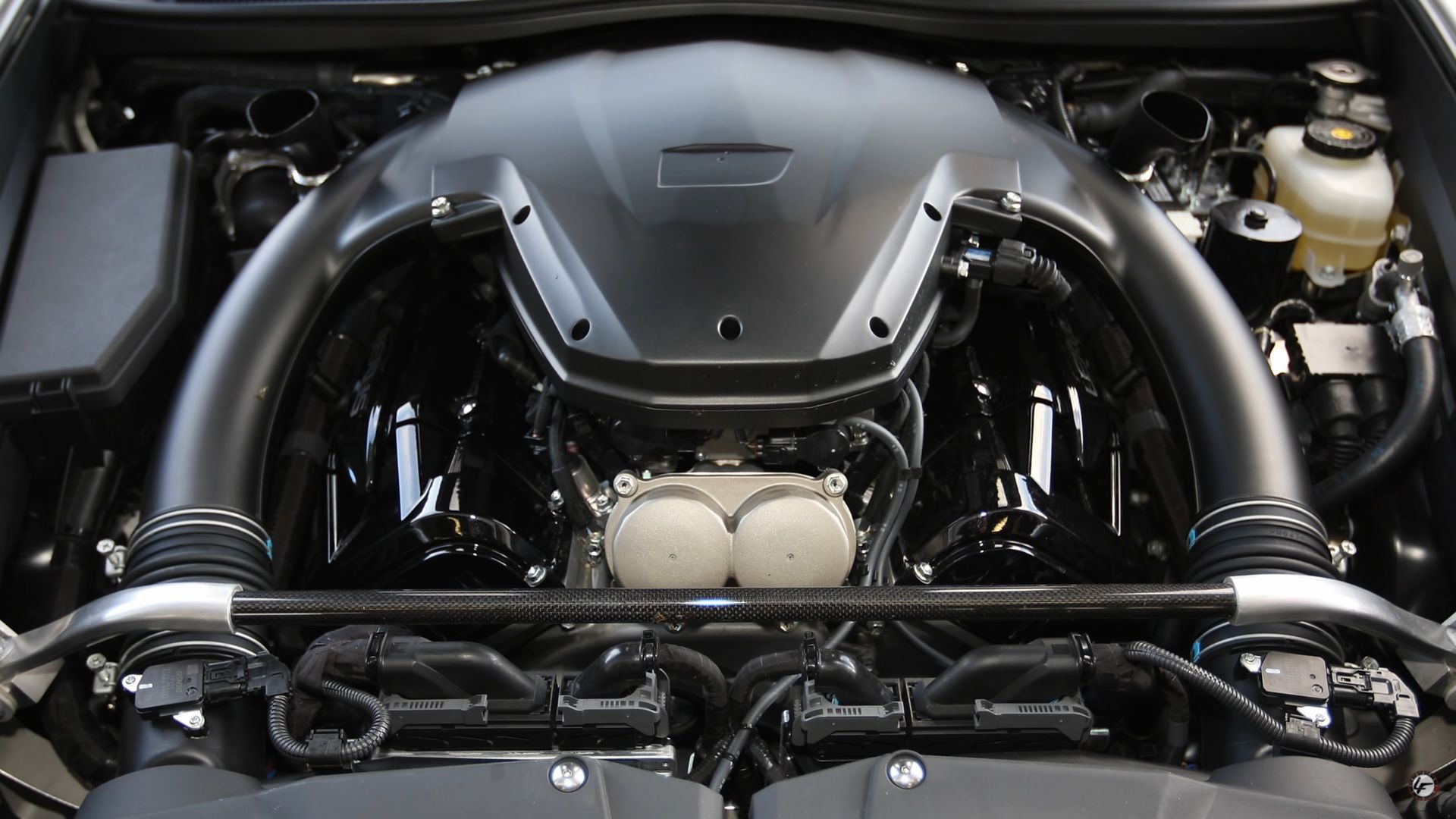Yamaha is mostly known for making some of the best sound systems, musical instruments, and motorcycles. And while Yamaha has produced some of the greatest performance car engines, most of which developed for Toyota and Lexus models. And out of all manufacturers, it is Yamaha that goes on to save the V-8 engine, by making it carbon-neutral. What they use as a basis may (or may not) surprise you.
Some of Yamaha's highlights
When it comes to making automobile engines, Yamaha is mostly associated with Toyota. The two companies have been working together since the 1960s and the Toyota 2000GT was the first to receive a Yamaha-developed engine. The 2.0-liter, inline-six was actually based on the top-of-the-line Toyota Corona engine and developed 148 horsepower (110 kilowatts) and 130 pound-feet (176 Nm).
Other iconic Toyota engines that Yamaha influenced or developed are the 2JZ engine, used in the Mk IV Supra, Lexus IS300, and GS300, the 2UR GSE 5.0-liter V-8, and of course, the Lexus LFA's glorious 4.8-liter 1LR GUI V-10 engine.
It’s not just Toyota that has benefited from Yamaha’s know-how. In 1989 came the Ford Taurus SHO, which thanks to a Yamaha-designed 3.0-liter V-6 – later 3.2-liter - with 220 horsepower and from 200 pound-feet (271 Nm) to 215 pound-feet (292 Nm), was quicker than the Ford Mustang V-8 of that time. A modified version was even used in the mid-engine Ford GN34 prototype, which was another attempt at a GT40 successor.
Volvo also benefited from Yamaha’s engineering prowess, in the form of a 4.4-liter V-8, used for Volvo’s full-size models – the S80 and XC90. A built, twin-turbo version of the Yamaha V-8 was used in the Noble M600 where it developed 659 horsepower and 618 pound-feet (838 Nm) – enough to propel the mid-engine supercar to226 mph (363 km/h).
Yamaha also made a V-12 Formula One engine, which was intended for their own car – the Yamaha 0X99-11, of which only three were ever made. The 3.5-liter V-12 is capable of 560 horsepower and well over 10,000 RPM.
How will Yamaha save the V-8?
Yamaha, like many other companies, is heading the electric route and has already introduced a variety of electric scooters as well as electric crate motors, capable of powering some of the fastest EV hypercars, of the future. Yamaha’s goal is to become carbon-neutral, by 2050.
That said, electrification is not the only thing on Yamaha’s agenda, as the company is also working on a V-8 engine, working on hydrogen. The information, which Kirk Kreifels elaborates on, comes from the Japanese website, bestcarweb.jp. According to the website, Yamaha plans to make the 5.0-liter V-8, used in Lexus models, viable, by replacing gasoline with hydrogen.
In its current form, the 5.0-liter V-8 produces 470 horsepower and 391 pound-feet (530 Nm). While we don’t know how switching to hydrogen will affect those numbers, we do know that Yamaha is currently redesigning the engine, extensively, in order to find the most efficient, hydrogen-burning version of it. Some modifications include different cylinder heads, injectors, and exhaust manifolds.
In addition to being carbon-neutral a hydrogen-burning V-8 engine is also cheaper to produce than hydrogen fuel-cell stacks, which require platinum – a material in short supply. Kirk Kreifels mentions how Japan may have started work on hydrogen engines, as early as the 1970s, at Tokyo City University. Since the early 200s, hydrogen is back on the table, although carmakers haven’t been as consistent in developing a viable, hydrogen drivetrain.
What are the drawbacks of hydrogen engines?
The biggest issue with making hydrogen-fueled engines commercially viable is still combustion. The combustion speed of hydrogen is 7.6 times faster than that of gasoline, which makes it more volatile than gasoline. For safety reasons, the power output of the V-8 is being reduced, although we don’t have exact figures yet.
Another issue with hydrogen is its energy density, which is about a quarter of that of gasoline. This means that, in order for a hydrogen-powered engine to match the range of a gas-powered one, it needs to have a tank that is three to four times bigger than that of a gasoline engine.
Infrastructure is another issue with hydrogen cars. Hydrogen fueling stations simply aren’t as common as they need to be. As Kirk Kreifels points out, most people are thousands of miles away from the nearest one.
Final thoughts
Companies are working on improving the hydrogen map, in order to make Hydrogen fuel stations accessible to as many people as possible. Moreover, Kawasaki, another company that has been working on hydrogen engines, has joined forces with Yamaha. Toyota has already produced hydrogen-powered performance vehicles in the Toyota GR Yaris H and GR Corolla (H?), which in terms of driving dynamics, are said to deliver a similar driving experience to a petrol-powered vehicle, even boasting a soundtrack, almost indistinguishable from a gasoline engine.
Not too long ago, EVs were facing similar issues, most of which have, to a large extent been resolved. With this in mind, the future of hydrogen-powered vehicles is brighter than most think, and when the final quirks are smoothed out, it will be a viable alternative to electrification.

